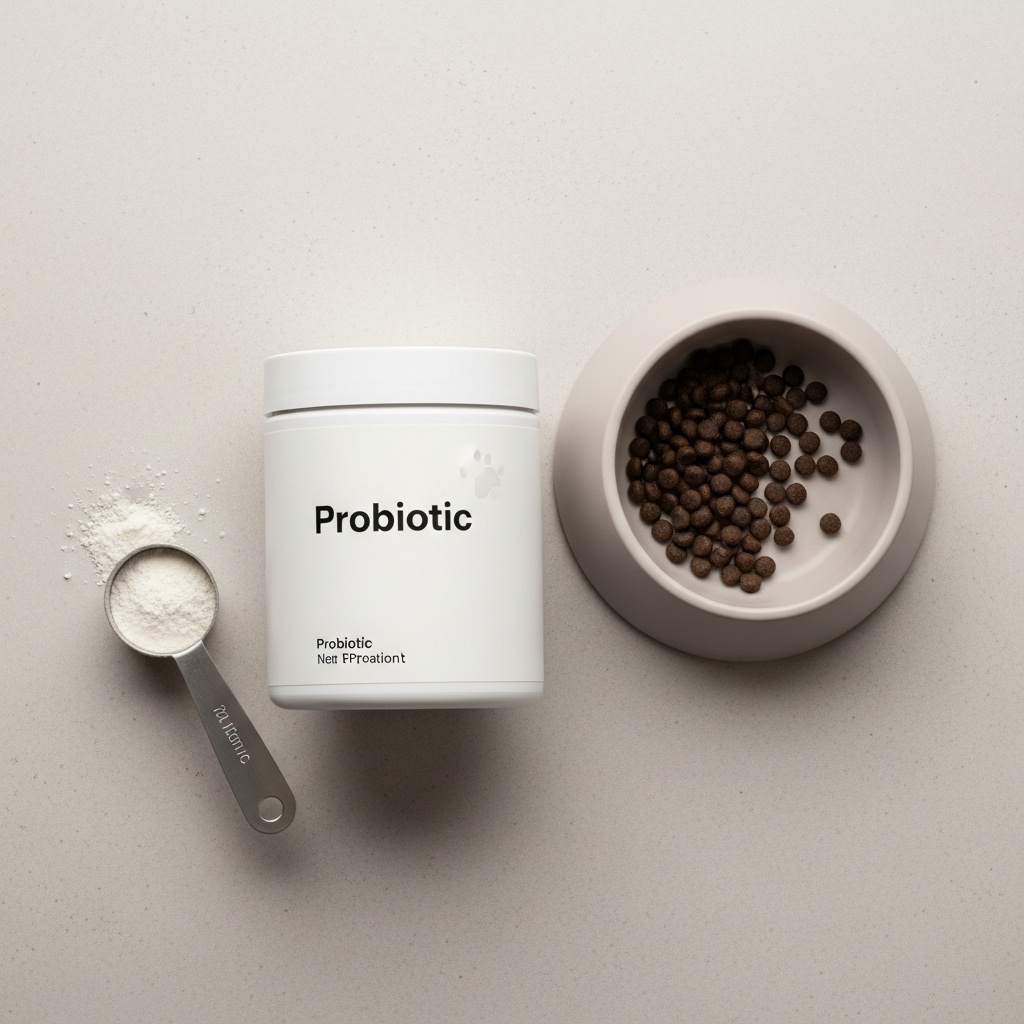Native Pet Probiotic Review: Clean-Label Daily Use

Probiotics for pets are increasingly popular for supporting digestion, immune health, and overall gut balance. This review examines Native Pet probiotic products from a practical, evidence-aware perspective. We’ll cover ingredients, potential benefits, how to use them safely, pros and cons, frequently asked questions, and key takeaways so you can decide whether a clean-label daily probiotic fits your dog or cat’s routine.
What is Native Pet Probiotic?
Native Pet is a brand that markets probiotic supplements formulated specifically for dogs and cats. “Clean-label” typically means the product emphasizes recognizable, minimal ingredients without artificial additives, fillers, or unnecessary carriers. Native Pet probiotic products are positioned for daily, long-term use to support gut flora rather than as short-term medical treatments.
Common formulation elements
While recipes vary between products, most pet probiotics share a few features. If you are evaluating Native Pet or any other brand, check the label for:
- Specific probiotic strains listed by genus and species (for example, Lactobacillus, Bifidobacterium, or Enterococcus strains).
- CFU count (colony forming units) per serving — this indicates the potency of live organisms.
- Any added prebiotics (such as inulin or FOS) that feed beneficial bacteria, or digestive enzymes.
- Absence of artificial colors, flavors, or unnecessary preservatives if you prefer a clean label.
- Form factor — powder, capsule, soft chew, or paste — which affects ease of dosing and palatability.
Potential benefits for pets
Research in veterinary medicine suggests well-chosen probiotics can help support digestive health, reduce the severity or duration of some types of diarrhea, and contribute to a balanced microbiome. Benefits commonly reported by pet owners include firmer stools, reduced gas, and improved appetite or coat condition — though individual responses vary.
Important: probiotics are a supportive therapy, not a cure-all. They work best when paired with good diet, hydration, and veterinary care. If your pet has chronic or severe gastrointestinal symptoms, seek veterinary evaluation rather than relying solely on supplements.
How to use Native Pet probiotic
Dosage and administration
Follow the product label for the manufacturer-recommended serving size based on your pet’s weight and species. Frequency is typically once daily for maintenance; some situations (stress, travel, antibiotic use) may call for a temporary adjustment as advised by a veterinarian.
Mixing and palatability
Powders can be sprinkled over food, while chews are given like treats. If your pet is picky, try mixing the powder into a small amount of wet food or a tasty topper to ensure they consume the full dose. Avoid heating the food immediately after adding probiotics, as high temperatures can kill live cultures.
Storage
Store according to label instructions. Some probiotics require refrigeration to maintain potency; others are shelf-stable due to strain selection or protective packaging. Keeping the container tightly closed and out of direct sunlight helps preserve viability.
Safety, side effects, and when to consult a vet
Most healthy dogs and cats tolerate probiotics well. Mild, temporary gastrointestinal changes (looser stools or gas) can occur during an initial adjustment period of a few days to a couple of weeks. If signs worsen or your pet develops vomiting, severe diarrhea, lethargy, or loss of appetite, stop the supplement and consult your veterinarian.
Special considerations
- Pets with compromised immune systems, those on immunosuppressive drugs, or seriously ill animals should only receive probiotics under veterinary guidance.
- If your pet is taking antibiotics, discuss timing with your vet since antibiotics can kill probiotic strains; sometimes a short course of probiotics started during or after antibiotics is recommended.
- Check for allergens in the product if your pet has food sensitivities.
How Native Pet compares to other pet probiotics
When comparing brands, consider strain specificity, CFU count, ingredient transparency, manufacturing quality, and whether the product lists evidence or studies supporting its formulation. A clean-label product like Native Pet may appeal to owners who want minimal, easy-to-recognize ingredients. However, more expensive clean-label products are not necessarily more effective — strain choice and viable CFUs matter most.
Pros and Cons
| Pros | Cons |
|---|---|
|
– Clean-label ingredients appeal to owners who prefer simple formulations. – Designed for daily use; convenient dosing formats (powder/chew). – May improve stool quality and digestive comfort for many pets. |
– Efficacy depends on strain selection and viable CFUs; not all formulations are equally effective. – Some pets may not like taste or texture. – Not a replacement for veterinary diagnosis or treatment when illness is present. |
FAQ
1. Can I give Native Pet probiotic every day?
Most formulations are intended for daily maintenance and are safe for long-term use in healthy pets. Always follow the product label and consult your veterinarian for individualized advice.
2. Will probiotics interfere with my pet’s medications?
Probiotics are generally safe with most medications, but timing with antibiotics matters because antibiotics can reduce probiotic viability. Discuss with your vet if your pet is on immunosuppressive drugs or other specialized treatments.
3. How soon will I see results?
Some owners report improvements within a few days, while for others it may take a few weeks. If there is no improvement after a reasonable trial period (often 2–4 weeks) or if symptoms worsen, consult your veterinarian.
4. Are there lab tests to confirm benefit?
Routine clinical improvement (better stool, appetite, energy) is the usual measure of benefit. Advanced microbiome testing exists but is not routinely necessary and can be costly; discuss with your vet if you’re considering testing.
Key Takeaways
- Native Pet probiotic positions itself as a clean-label option for daily gut support in dogs and cats.
- Look for clear labeling of strains and CFU counts; these are the best predictors of potential effectiveness.
- Most healthy pets tolerate daily probiotics well, but consult your veterinarian if your pet has serious illness or is immunocompromised.
- Probiotics are supportive — they complement good diet and veterinary care but are not a substitute for medical treatment when needed.
- Storage, dosing, and form factor (powder vs. chew) affect convenience and whether your pet will accept the product.
Note: This review provides general information. Individual product formulations can change — always read the current product label.
Disclaimer: This content is informational and not a substitute for professional veterinary advice. Before starting any new supplement, check the product label and speak with your veterinarian, especially if your pet has a medical condition or is taking medications. The author is not affiliated with any manufacturer and does not endorse specific brands over others.

Leave a Reply